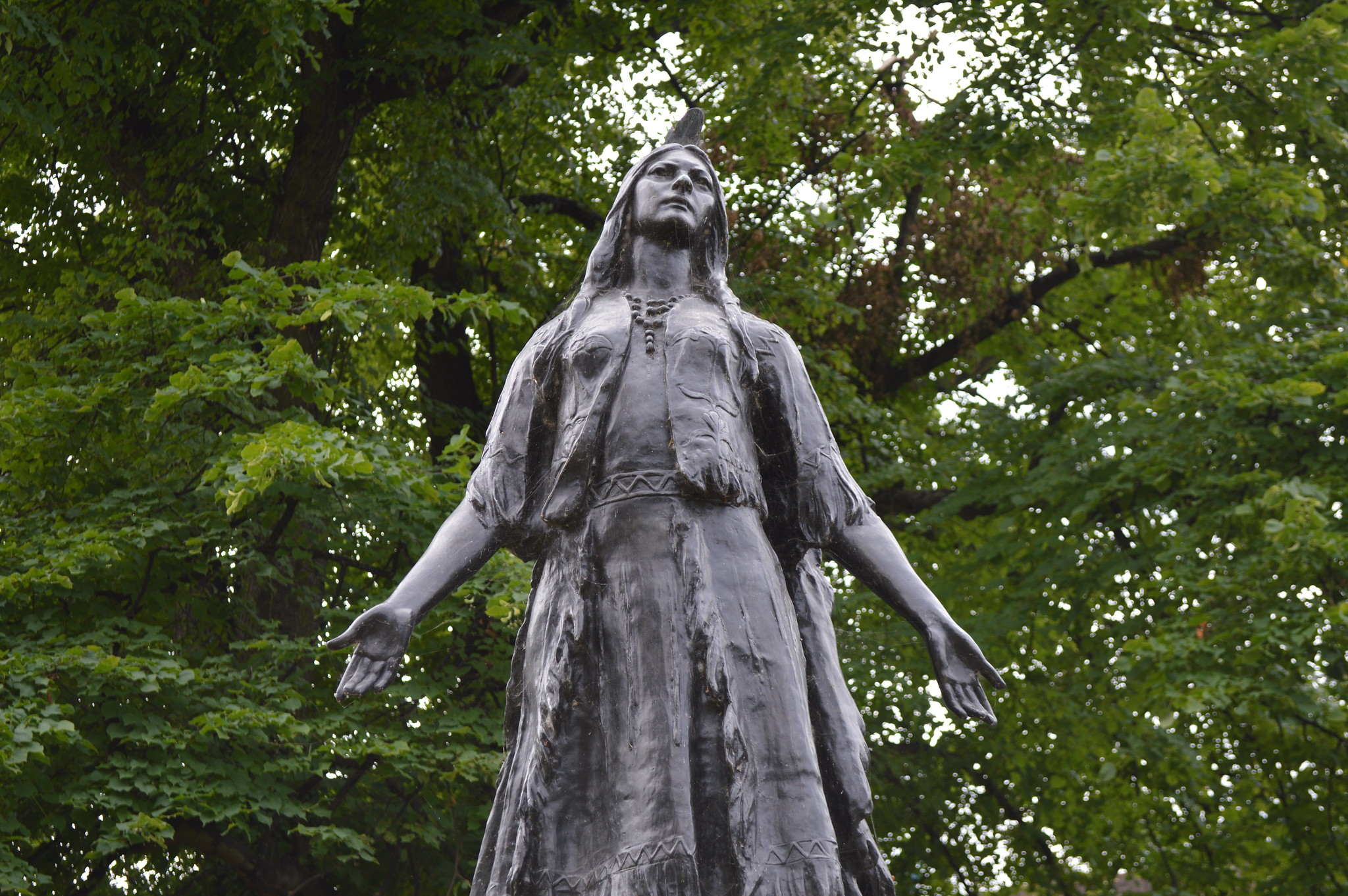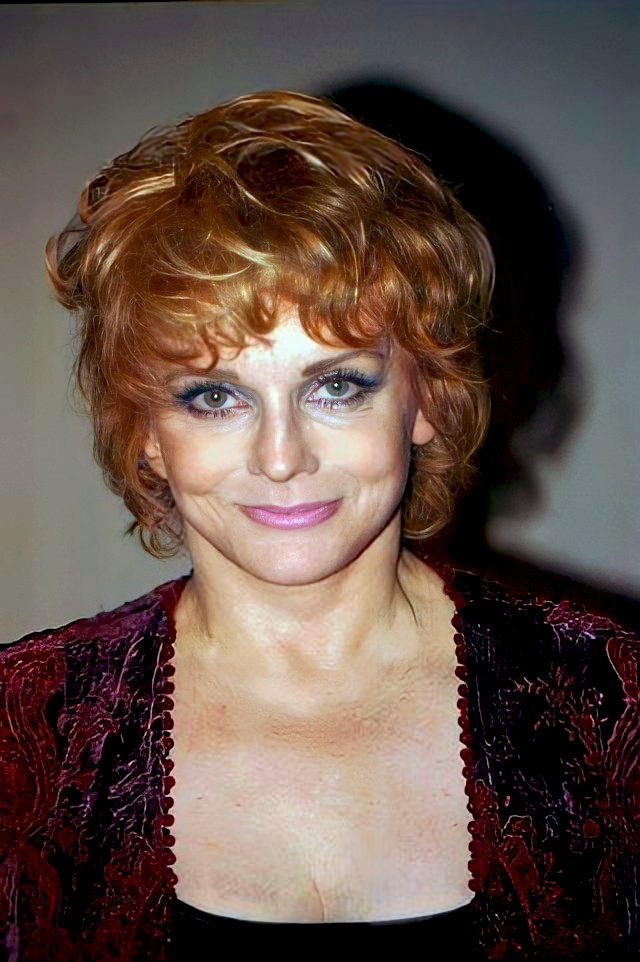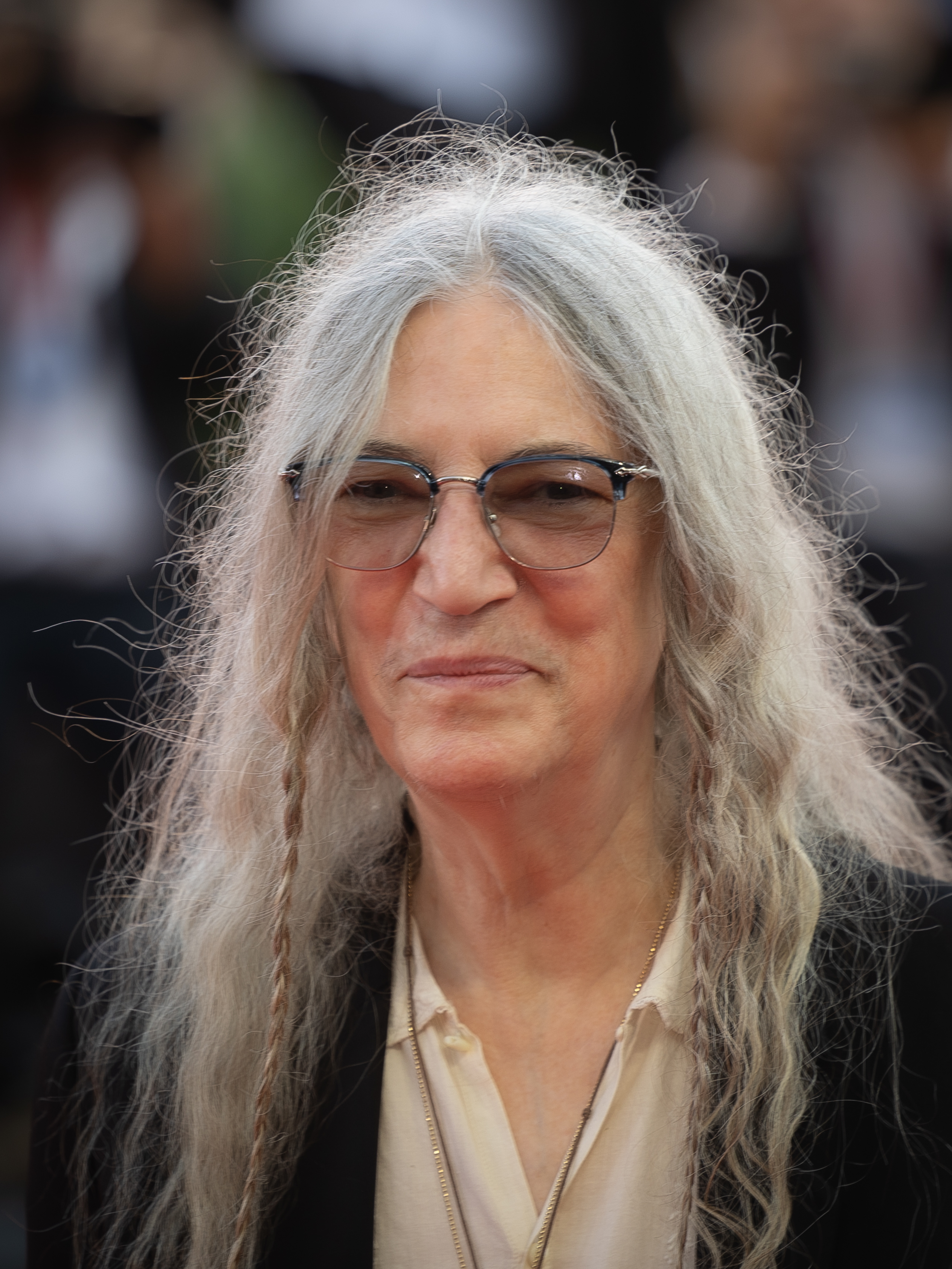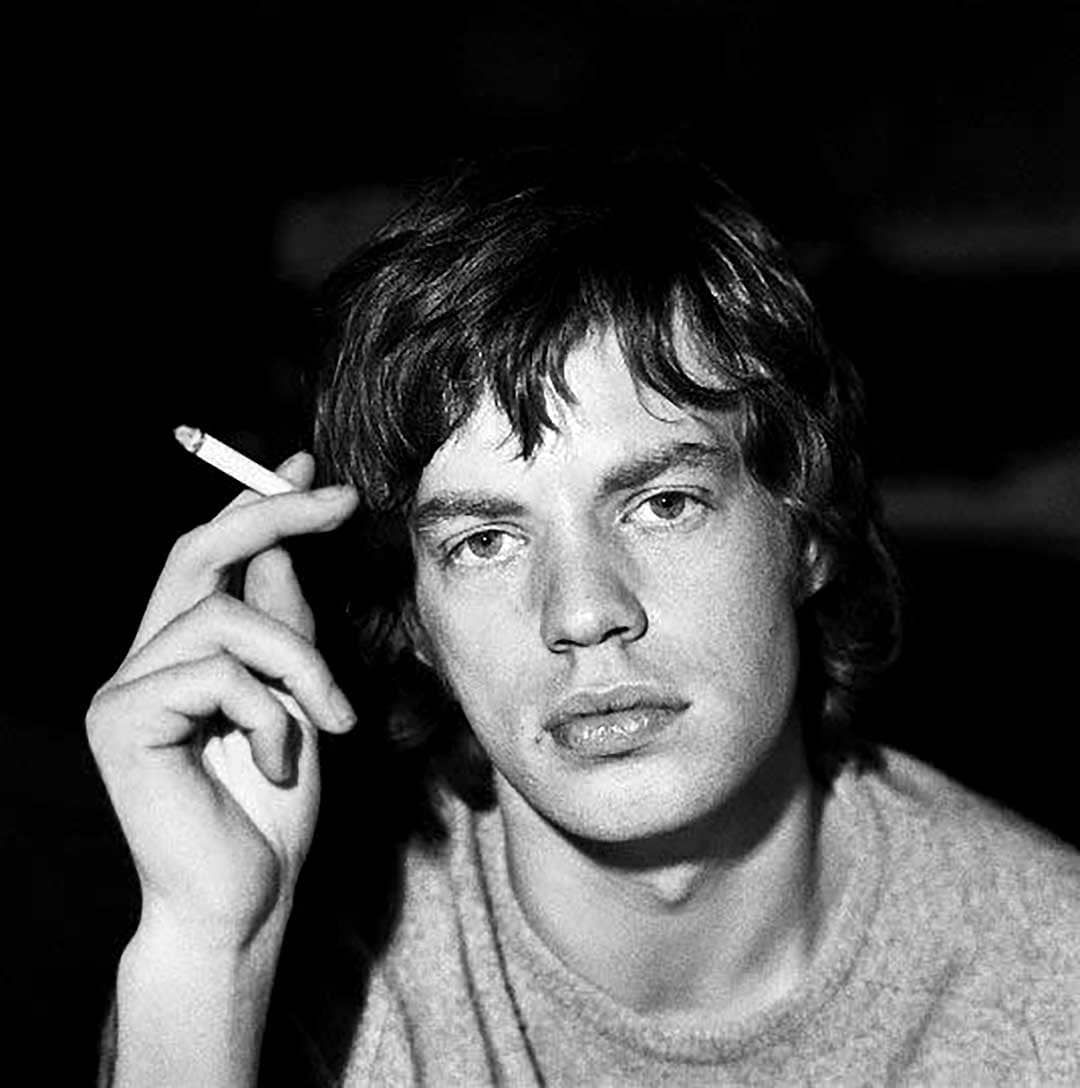
The swinging sixties—what a time to be alive, right? This era gifted us cinematic legends like the effortlessly chic Audrey Hepburn and the undeniably cool Paul Newman. Their names are practically etched into the Hollywood Walk of Fame, and for good reason. But here’s a little secret: behind those universally recognized faces were a whole host of incredible performers who absolutely delivered memorable, groundbreaking work but, for reasons that still make us scratch our heads, somehow faded from the public’s collective memory.
It’s a real shame, actually. These aren’t just footnotes in film history; they’re vibrant, revolutionary artists who challenged norms, dazzled on screen, and left an indelible mark, even if the spotlight didn’t always shine on them as brightly or for as long as it should have. They pushed boundaries, broke barriers, and brought a unique flair to a decade that was all about change. You might not know all their names off the top of your head, but trust us, you’ll want to after this.
So, buckle up, film buffs! We’re about to take a deep dive into the careers of some truly remarkable, often overlooked stars of the 1960s who absolutely deserve a massive second look. These are the talents whose contributions to cinema were nothing short of revolutionary during this transformative decade, and we’re here to make sure their legacies finally get the recognition they’ve earned. Let’s get started on bringing these incredible actors back into the limelight they deserve.
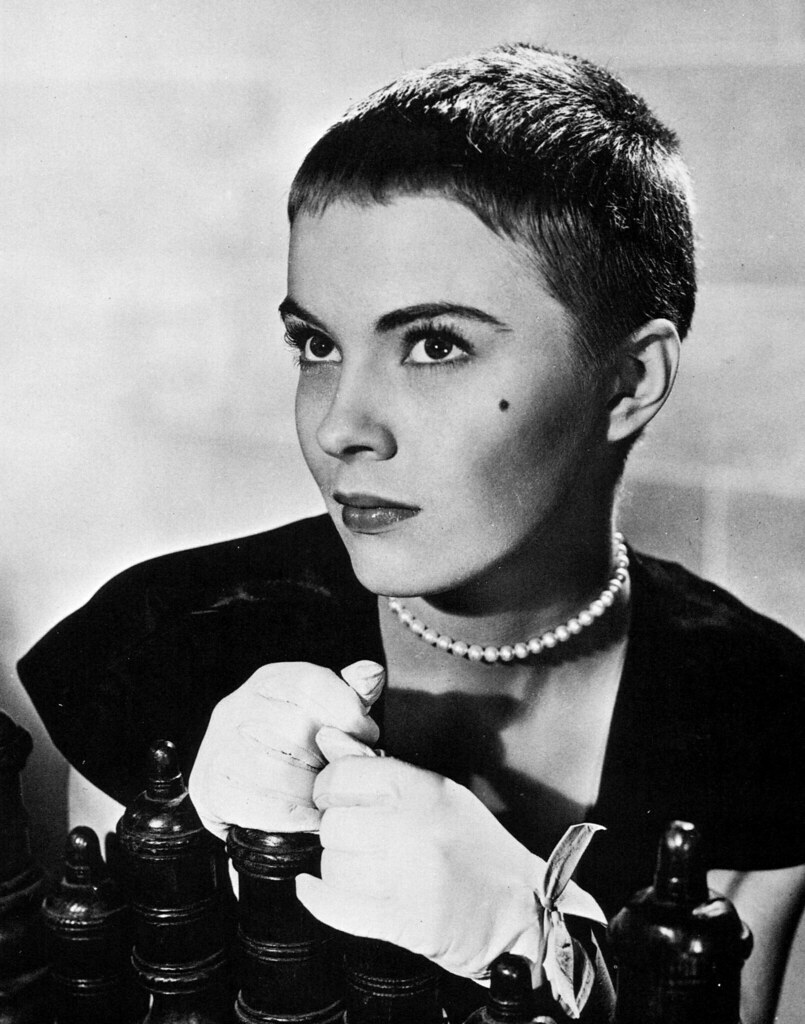
1. **Jean Seberg**Ah, Jean Seberg. Just the mention of her name brings to mind that iconic pixie haircut, a look that literally launched a thousand imitations and became synonymous with 1960s chic. Yet, her immense talent extended far beyond her trendsetting aesthetic. Plucked from obscurity in Iowa, Seberg quickly became the darling of French New Wave cinema, captivating audiences with her breakthrough role in Jean-Luc Godard’s seminal film, “Breathless” (1960).
Hollywood, however, seemed to struggle with how to properly utilize her unique and compelling blend of vulnerability and cool detachment. She possessed an enigmatic quality that didn’t quite fit the typical mold of American leading ladies. Despite her captivating presence, major stardom in the U.S. remained frustratingly elusive, even as films like “Lilith” (1964) brilliantly showcased her remarkable and often understated range.
Tragically, her career decline wasn’t solely due to a lack of fitting roles. She faced severe FBI harassment because of her civil rights activism, a dark chapter that undoubtedly contributed to her professional woes and, ultimately, her untimely suicide in 1979. At just 40 years old, the cinema world lost a true pioneer. Seberg was an artist who effortlessly bridged the gap between sophisticated European art films and mainstream American cinema, leaving us to wonder about the extraordinary work she might have continued to create.
Read more about: Martial Solal, French Jazz Piano Virtuoso and Composer, Dies at 97, Leaving an Enduring Legacy of Innovation

2. **Dorothy Dandridge**Dorothy Dandridge stands as an absolute titan in Hollywood history, a true trailblazer whose Academy Award nomination for “Carmen Jones” (1954) wasn’t just a personal triumph—it shattered Hollywood’s insidious color barrier. She became the first Black woman ever nominated for Best Actress, a moment of profound significance that echoed through the industry. Her stunning beauty and undeniable talent continued to shine brightly into the 1960s, with memorable roles in films like “Porgy and Bess” (1959) and “Malaga” (1962).
What makes Dandridge’s story so incredibly heartbreaking, though, is the industry’s shocking failure to truly capitalize on her groundbreaking achievements. Despite her clear, undeniable star quality and immense public appeal, meaningful and complex roles for Black actresses remained tragically scarce. Hollywood simply wasn’t ready to fully embrace and nurture a talent of her magnitude, leaving her brilliance underutilized.
Her later years were sadly plagued by severe financial troubles and personal struggles, which cast a long shadow over a career that promised so much. Her untimely death at the age of 42 cut short a life and career that could have, and should have, utterly transformed Hollywood decades before diversity even began to be a real priority. Even today, her legacy as a fearless trailblazer remains powerfully resonant, a testament to her enduring impact despite the systemic obstacles she faced.
Read more about: Beyond the Bombshell: Unearthing 14 Hidden Truths About Marilyn Monroe’s Life, Loves, and Legacy
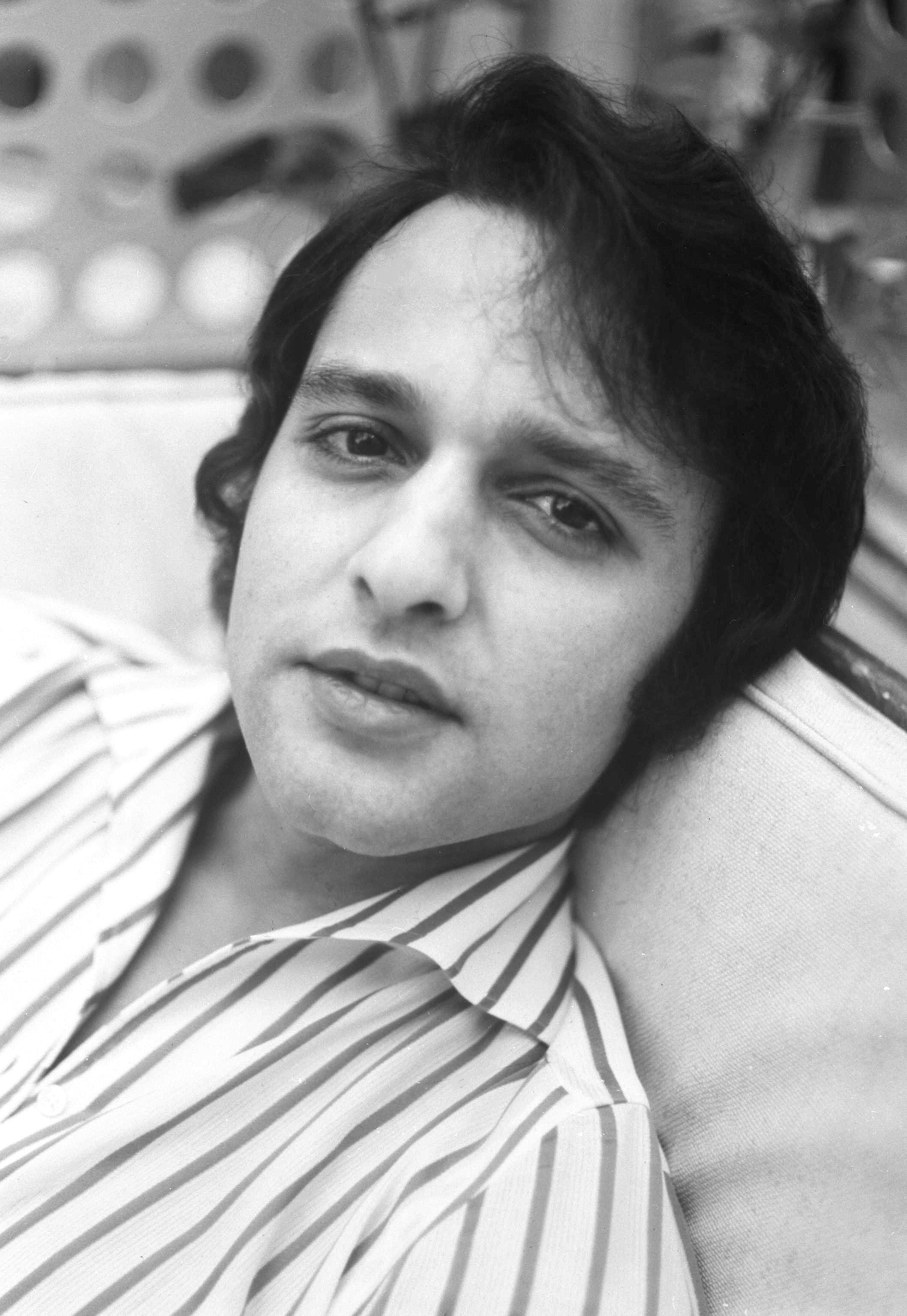
3. **Sal Mineo**For many, Sal Mineo is forever etched in cinematic history as the brooding and vulnerable Plato in the iconic film “Rebel Without a Cause.” His electrifying performance earned him an Oscar nomination, and his career continued its upward trajectory with another nomination for “Exodus” (1960). With his soulful eyes and intense emotional delivery, Mineo quickly became a bona fide teen idol, captivating audiences with his raw talent and sensitive portrayals.
However, as he matured, Hollywood seemed to struggle with how to transition him into adult roles. The industry often has a tough time letting go of established images, and Mineo’s youthful idol status proved to be both a blessing and a curse. Yet, he fearlessly tackled controversial subjects and was remarkably open about his sexuality, a revolutionary stance for the era that showcased his courage and artistic integrity.
His powerful performance in “Who Killed Teddy Bear” (1965) truly revealed his untapped potential as a complex character actor, a depth that Hollywood’s narrow vision of masculinity at the time tragically failed to accommodate. His unique talents were often limited by the prevailing norms. His tragic murder in 1976 at just 37 years old robbed cinema of an actor who, without a doubt, would have absolutely flourished in today’s far more inclusive and understanding environment. Mineo’s brave career choices and profound impact unquestionably deserve far greater recognition.
Read more about: Beyond the Spotlight: 14 Unforgettable 1960s Actors Who Shined Brightly Then Seemingly Vanished

4. **Tuesday Weld**Tuesday Weld was, by all accounts, Hollywood’s fascinating wild card throughout the 1960s. She famously declared, with an almost defiant air, “I didn’t want success,” a statement that perfectly encapsulated her rebellious spirit. She famously turned down career-making roles in cinematic masterpieces like “Lolita” and “Bonnie and Clyde,” opting instead for projects that resonated more deeply with her artistic sensibilities. Her performances in gritty dramas such as “The Cincinnati Kid” (1965) and the darkly satirical “Lord Love a Duck” (1966) were powerful showcases of her fearless and unconventional approach to acting.
Critics were quick to recognize her raw, undeniable talent, often praising her intense screen presence and natural ability. Yet, Weld seemed almost allergic to the typical Hollywood machine, preferring artistic integrity over the relentless pursuit of commercial success. Unlike many of her contemporaries who were willing to play the studio game and conform to industry expectations, she consistently chose challenging and complex roles, refusing to be pigeonholed.
Her captivating work in “Pretty Poison” (1968) profoundly revealed the depth and versatility that mainstream cinema often missed by not properly utilizing her extraordinary talents. It’s not hard to imagine that today’s thriving independent film scene would have absolutely embraced her uncompromising and authentic approach to her craft, allowing her to reach even greater artistic heights. She truly was ahead of her time.
Read more about: Beyond the Spotlight: 14 Unforgettable 1960s Actors Who Shined Brightly Then Seemingly Vanished

5. **Claudia Cardinale**Born in Tunisia and discovered in Italy, Claudia Cardinale brought an undeniable, almost intoxicating Mediterranean allure to global cinema throughout the 1960s. She wasn’t just another beautiful face imported to Hollywood; unlike many European beauties of the era, she fiercely maintained her artistic integrity, choosing to work with legendary directors like Federico Fellini, most notably in the timeless masterpiece “8½” (1963). While American audiences might recognize her from the lighthearted “The Pink Panther,” her most powerful and profound work truly shone in Italian masterpieces such as Luchino Visconti’s epic “The Leopard” (1963).
Cardinale steadfastly refused to be merely decorative, consistently bringing incredible depth, intelligence, and nuance to every single role she undertook. She wasn’t content with superficial portrayals; she demanded more of her characters and, by extension, of the audience. While her contemporary, Sophia Loren, achieved household name status globally, Cardinale’s equally impressive and extensive career, spanning over 100 films, frustratingly remains underappreciated in America.
She was a revolutionary figure, representing a new kind of female star—one who possessed both breathtaking glamour and profound intellectual substance. Her incredible body of work deserves far greater recognition and a more prominent place in any serious discussion of 1960s cinema, celebrating her unique contribution to the art form.

6. **George Peppard**For many, George Peppard is instantly remembered as the dashing writer who captivated audiences opposite Audrey Hepburn in the iconic “Breakfast at Tiffany’s.” However, his prolific 1960s career offered far more than just that single, beloved role. His intense and commanding performance in the drama “The Carpetbaggers” (1964) truly revealed his remarkable ability to embody morally complex characters, bringing a compelling conviction to every scene he graced. Peppard had a knack for infusing traditional leading man roles with a much-needed intellectual depth, setting him apart from many of his peers.
Films like “Operation Crossbow” (1965) and “Tobruk” (1967) brilliantly showcased his impressive versatility in demanding war dramas. But it was in “The Blue Max” (1966) that he delivered perhaps his most nuanced and powerful performance, portraying an ambitious German fighter pilot with a compelling blend of arrogance and internal conflict. Yet, despite his considerable talents and diverse roles, Peppard never quite reached the A-list status he seemed destined for. Industry whispers about his reputation for being difficult on set may have unfortunately cost him greater stardom, creating an unwarranted barrier to higher recognition.
Before he reinvented himself for a new generation on television as the charismatic leader of “The A-Team,” Peppard was undeniably one of the 1960s’ most compelling and promising actors. His career is a powerful reminder of how even significant talent can struggle to navigate the intricate and often unforgiving path to lasting Hollywood superstardom, leaving behind a legacy that definitely warrants a closer look.
Read more about: You Need to Add These 14 Seriously Awesome Classic Movies to Your Watchlist ASAP!
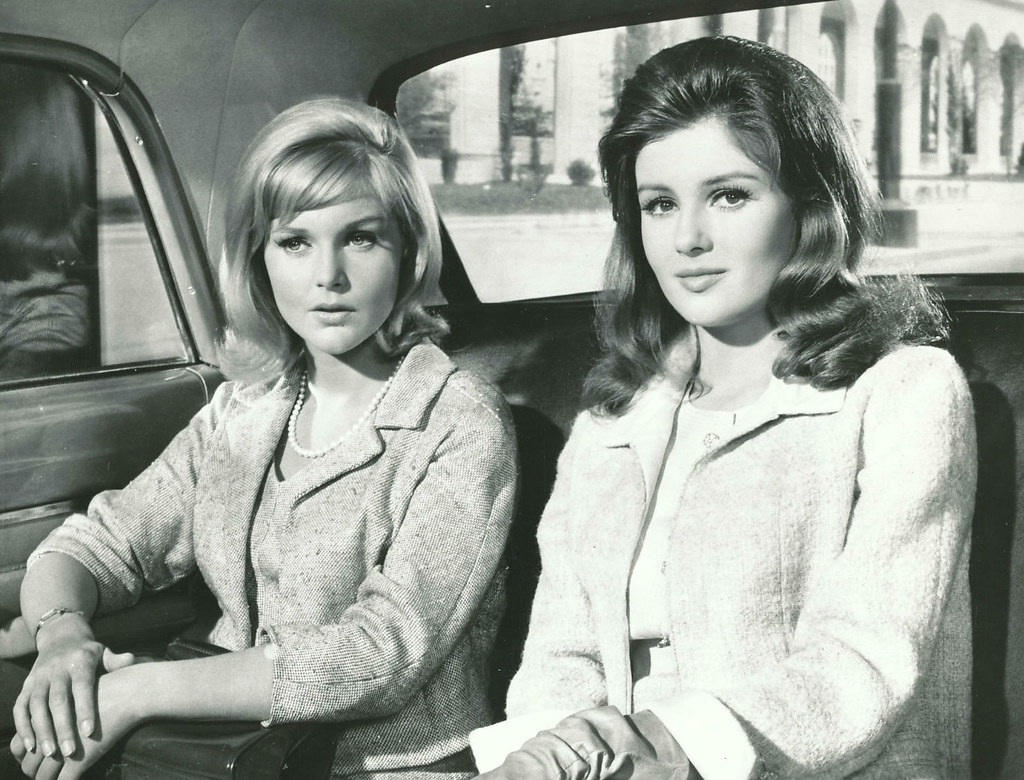
7. **Carol Lynley**With her delicate features, striking platinum hair, and ethereal beauty, Carol Lynley perfectly embodied a certain type of quintessential 1960s feminine ideal. Her breakthrough role in the controversial teen pregnancy drama “Blue Denim” (1959) seemed to promise a career brimming with substance and challenging roles, a promise that Hollywood, unfortunately, never fully delivered on. While many remember her memorable turn in the disaster epic “The Poseidon Adventure” (1972), that film came after a decade where she was consistently cast in roles that rarely, if ever, truly challenged her considerable capabilities.
Perhaps her finest performance, the psychological thriller “Bunny Lake Is Missing” (1965), stands out as a powerful testament to her acting prowess, allowing her to showcase a remarkable range far beyond the ingenue parts she was typically offered. Even in lighter fare like “The Pleasure Seekers” (1964) and “Under the Yum Yum Tree” (1963), Lynley’s natural comedic timing and charm shone through, proving her versatility across genres. However, she often found herself a victim of Hollywood’s frustratingly limited imagination when it came to blonde actresses.
Her career trajectory represents the vast, untapped potential of so many talented women in 1960s cinema, who, despite their gifts, were often confined by restrictive typecasting and an industry that struggled to see beyond their surface beauty. Lynley’s story is a compelling case study of talent needing the right opportunities to truly soar, making her a vital figure in our understanding of the era’s overlooked stars.
Read more about: Forgotten Leading Ladies: The 14 Actresses of the 1960s Who Deserve a Modern Spotlight
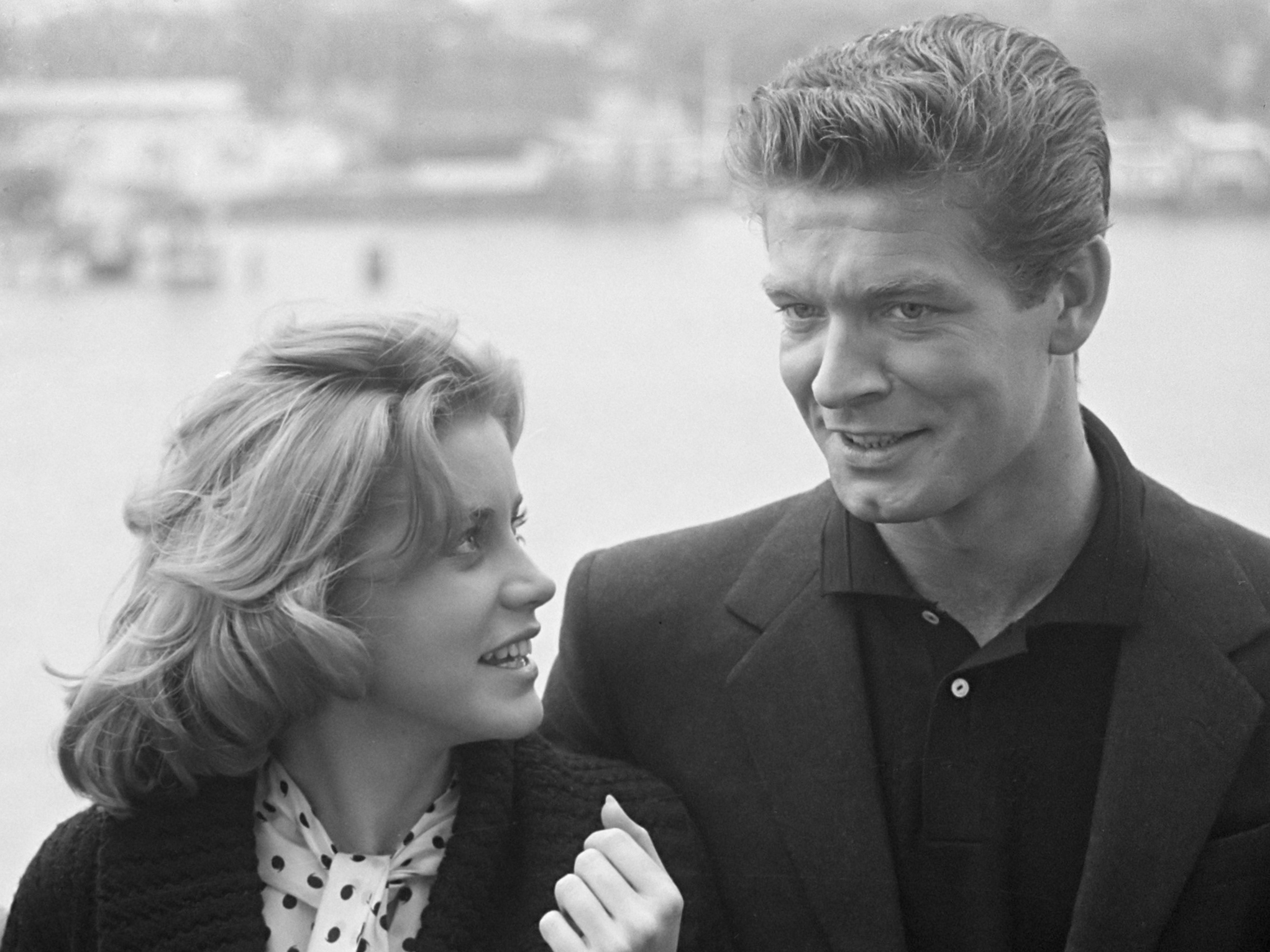
8. **Stephen Boyd**His intense gaze in “Ben-Hur” created one of cinema’s most subtly homoerotic relationships, though that was never explicitly stated in the script, and his powerful presence and rugged good looks absolutely screamed superstar potential. Stephen Boyd truly had all the makings of a major Hollywood force, possessing an undeniable charisma and screen magnetism that captivated audiences, yet for reasons that continue to puzzle, perennial stardom proved frustratingly elusive.
This talented Irish actor brought a remarkable gravitas and commanding presence to a diverse array of films. He shone in sweeping historical epics like “The Fall of the Roman Empire” (1964) and “Genghis Khan” (1965), where his powerful portrayals added significant weight to grand narratives. Moreover, his impressive versatility was on full display in the innovative science-fiction thriller “Fantastic Voyage” (1966), proving he could handle contemporary and fantastical material with equal skill and conviction.
It seems Boyd wasn’t one for the relentless self-promotion and strategic career moves that often paved the way to superstardom in Hollywood. He famously prioritized challenging, substantial roles over the more commercially safe bets, a noble artistic choice that, in a different era, might have been celebrated more widely. This dedication to his craft, rather than strictly chasing fleeting fame, perhaps made him an enigma to the studio system and limited his mainstream appeal.
Tragically, his premature death at the young age of 45, following a heart attack, cut short a career that was still evolving and perhaps on the cusp of a significant reappraisal. It leaves us pondering the incredible performances he still had left to give, and the further recognition he could have garnered had he been given the time to fully cement his legacy. Stephen Boyd’s compelling screen presence and unwavering commitment to his art absolutely deserve a far more prominent place in the annals of Hollywood’s golden age.
Read more about: Ahead of Their Time: 14 Cinematic Gems That The Box Office Ignored But Are Now Legendary
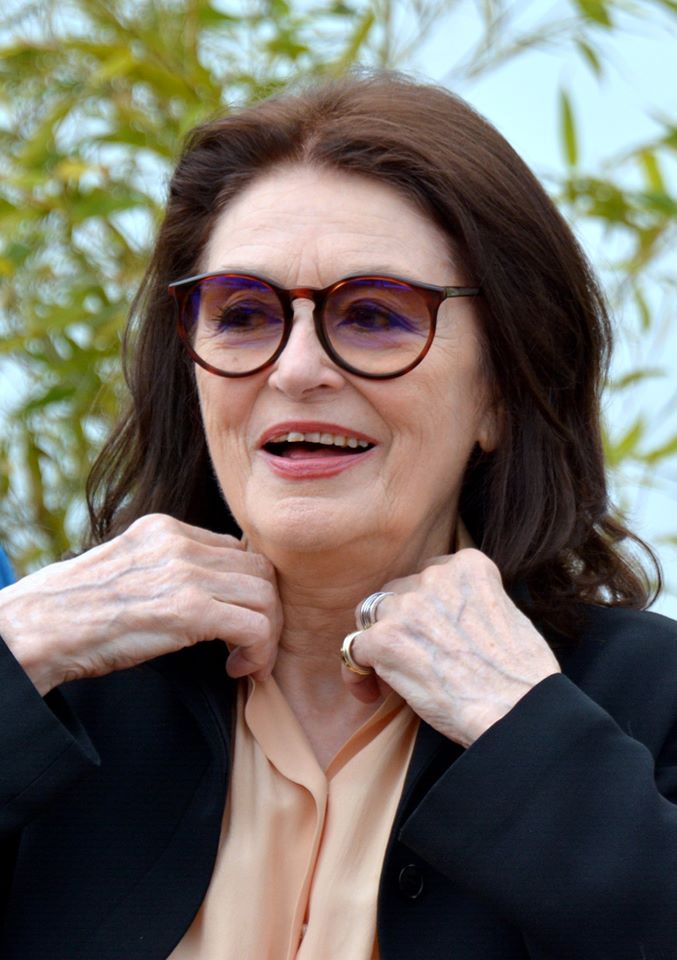
9. **Anouk Aimée**French cinema gave us Bardot’s overt sensuality and Deneuve’s icy perfection, but Anouk Aimée offered something altogether more mysterious and profoundly compelling. Her haunting beauty and enigmatic presence in Federico Fellini’s masterpieces like “La Dolce Vita” (1960) and “8½” (1963) created some of the most unforgettable images of feminine mystique ever captured on film.
Aimée’s international breakthrough moment truly arrived with “A Man and a Woman” (1966), a romantic drama that perfectly encapsulated the sophisticated essence of 1960s European art cinema. Her deeply naturalistic and emotionally resonant performance in the film earned her both Golden Globe and Oscar nominations, cementing her status as a formidable talent, yet curious as it seems, American audiences never quite embraced her with the same fervor as other French imports.
Unlike many actresses who might have been tempted to modify their persona to better fit Hollywood’s expectations, Aimée remained authentically, beautifully European. Her extensive work with visionary directors like Jacques Demy in films such as “Lola” (1961) showcased her truly subtle emotional range and an ability to convey vast internal worlds with remarkable restraint. She consistently represented a sophisticated and profound alternative to Hollywood’s often more conventional vision of female stardom, a true artist in every sense.
Her performances were often a masterclass in understated emotion, conveying volumes with a mere glance or a subtle gesture. This depth of feeling, combined with an undeniable intellectual presence, set her apart from the more overtly glamorous or rebellious female stars of the time. She wasn’t merely a face on screen; she was a profound presence, embodying a complex interior world that invited deeper contemplation. Her contributions to European and global cinema are truly indispensable.

10. **George Chakiris**It’s a feat almost unheard of in Hollywood: winning an Academy Award for your very first major role, but George Chakiris accomplished exactly that as the electrifying Bernardo in “West Side Story” (1961). His explosive dance sequences, coupled with an undeniably charismatic screen presence, seemed to promise a brilliant and enduring career that, somehow, never fully materialized in the way it should have.
Despite his triumphant Oscar win, Hollywood regrettably struggled to consistently capitalize on his truly unique and multifaceted talents. While films like “Diamond Head” (1963) and “Kings of the Sun” (1963) offered him leading roles, neither project provided the perfect, expansive showcase necessary to fully harness his extraordinary abilities. It was a frustrating period where the industry simply didn’t know how to best utilize his distinct star power.
As a Greek-American performer, Chakiris often found himself facing the pervasive issue of typecasting, a challenge all too common for ethnic actors of that era. This unfortunately limited the breadth and complexity of roles he was offered in American cinema, preventing him from exploring his full range. He eventually found more consistent and creatively fulfilling work in European productions, where his artistry was arguably more appreciated.
Chakiris possessed a rare combination of dancing prowess, vocal talent, and dramatic flair that should have opened countless doors. Instead, he often found himself in roles that simply couldn’t contain the breadth of his artistry or were constrained by ethnic stereotypes prevalent in that era. His precise movements and expressive face made him a singular talent who deserved the kind of diverse career opportunities routinely offered to his less accomplished white counterparts. It’s a compelling ‘what if’ in cinematic history.
Read more about: Hollywood’s Fading Stars: Revisiting 15 Iconic ’60s Actors Who Captivated Audiences, Then Vanished
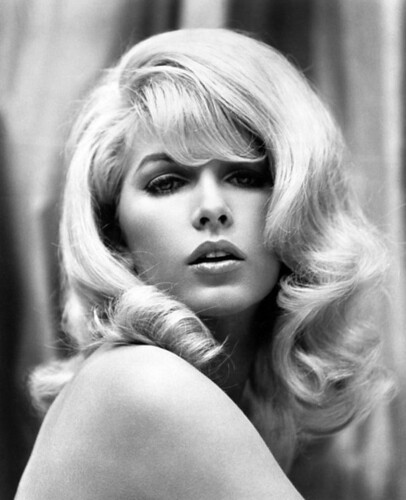
11. **Stella Stevens**Behind the dazzling platinum blonde hair and undeniable bombshell figure lay one of the 1960s’ most genuinely underrated comic actresses. Stella Stevens’ impeccable timing, vibrant personality, and incredibly expressive face made her the ideal foil to Jerry Lewis in the iconic “The Nutty Professor” (1963), where she brought unexpected warmth and crucial dimension to what could have easily been a one-note role. It’s a shame that Hollywood’s fixation on her stunning appearance often overshadowed her considerable, versatile talent.
Stevens truly possessed a magnetic quality that could elevate even the most conventional or lightweight material. Films like “The Courtship of Eddie’s Father” (1963) and the spy-fi adventure “The Silencers” (1966) brilliantly showcased her innate ability to infuse depth and authenticity into her characters through sheer charisma. She had a rare versatility, excelling with equal aplomb in both comedic and dramatic roles, always leaving a memorable impression.
While her Golden Globe for Most Promising Newcomer rightfully led to a solid and consistent career, it never quite propelled her to the enduring, major stardom that her undeniable talents truly warranted. Like so many other beautiful actresses of the era, the industry, unfortunately, never fully capitalized on her impressive range, instead often preferring to market her primarily on her obvious visual appeal, which ultimately limited her artistic scope.
She wasn’t just a pretty face; she had a spark, a comedic intelligence, and a raw emotional accessibility that made her performances genuinely captivating. Whether she was trading witty quips with comedy legends or navigating dramatic scenarios, her ability to make a character feel real and engaging was truly remarkable. Her career is a poignant reminder of the incredible talent that often went underutilized when beauty became a cage, rather than a versatile stepping stone, for female stars.
Read more about: Beyond the Spotlight: 14 Unforgettable 1960s Actors Who Shined Brightly Then Seemingly Vanished
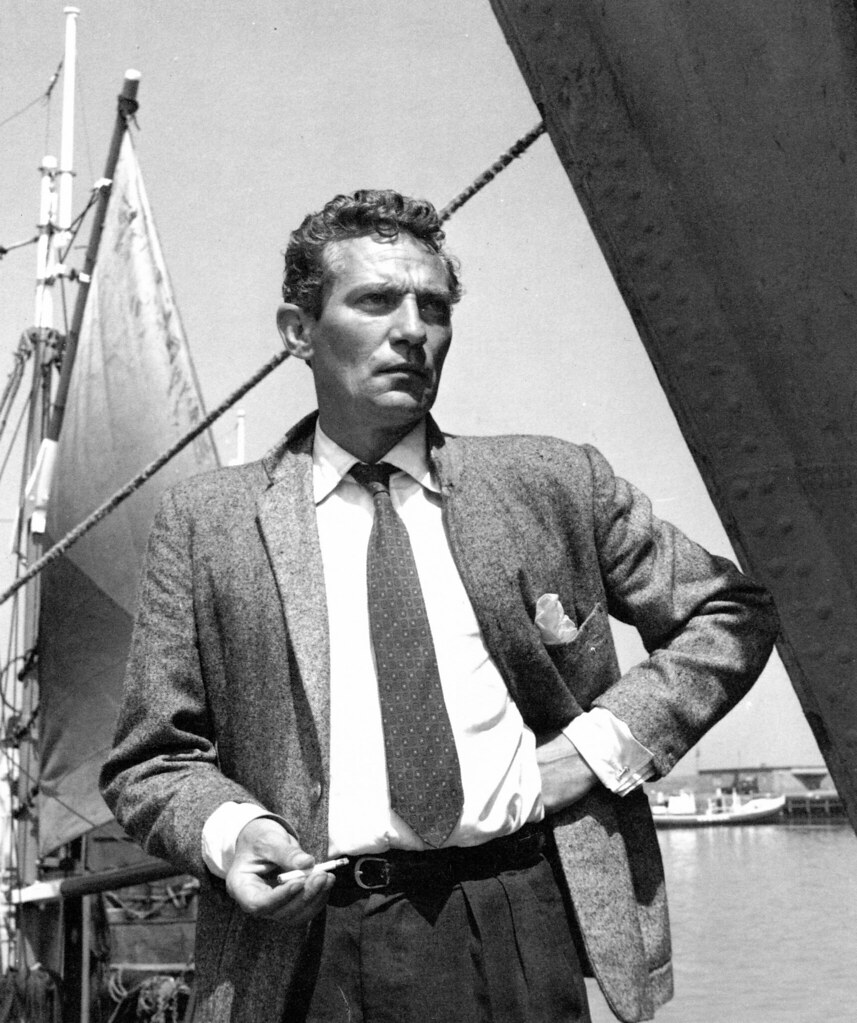
12. **Peter Finch**Long before his legendary, posthumous Oscar win for his unforgettable performance in “Network,” Peter Finch was consistently crafting nuanced and deeply compelling performances throughout the 1960s. This brilliant Australian actor brought an extraordinary psychological depth to roles like the one in the political drama “No Love for Johnnie” (1961), where he portrayed a disillusioned MP with remarkable subtlety and an almost palpable inner conflict. Finch truly excelled at embodying men grappling with profound moral dilemmas.
His impressive body of work in films such as “The Trials of Oscar Wilde” (1960) and the sweeping literary adaptation “Far from the Madding Crowd” (1967) powerfully demonstrated his unique ability to humanize complex, often flawed characters without ever resorting to simplifying their inherent contradictions. Unlike many of his contemporaries, Finch seemed to grow even more compelling and authoritative with age, his performances gaining a richer texture over time.
His exceptional collaboration with visionary director Jack Clayton in “The Pumpkin Eater” (1964) stands out as a particular highlight, showcasing his ability to not only hold his own but truly shine alongside a powerhouse like Anne Bancroft, who was at the absolute peak of her powers. Though he was consistently respected within the industry and admired by his peers, Finch’s extraordinary and subtle talent wasn’t fully appreciated by wider audiences until his final, explosive performance in “Network.”
Finch wasn’t a showy actor in the traditional Hollywood sense, but rather a meticulous craftsman who honed his performances with quiet care, building characters from the inside out. He possessed a gravitas and an authenticity that made his portrayals utterly convincing, whether he was playing a conflicted politician or a tormented literary figure. His quiet intensity often spoke volumes more than any grand gesture. His journey underscores the idea that sometimes, true brilliance takes time to be fully seen and appreciated by the masses, even when industry peers already know its profound worth.
Read more about: From Hollywood Glare to Broadway’s Embrace: 14 Iconic Performers Who Mastered Both Stage and Screen
13. **Capucine**Before modeling became a well-trodden path to acting in Hollywood, the striking French beauty Capucine elegantly transitioned from the high-fashion runways of Paris to the bustling world of Hollywood screens with an uncommon poise and sophistication. Her sophisticated presence undeniably elevated films like “The Pink Panther” (1963), where her impeccable comic timing matched the legendary Peter Sellers beat for beat, creating cinematic magic.
Born Germaine Lefebvre, Capucine infused her American film roles with a distinctly European refinement and an intriguing, often enigmatic allure. Her dramatic abilities were powerfully showcased in “Walk on the Wild Side” (1962), where she took on the daring and complex role of a lesbian madam – a territory few mainstream actresses would have dared to explore in the early 1960s. This choice highlighted her artistic courage and willingness to push boundaries.
Her Hollywood career was notably launched with the film “Song Without End” (1960), partly thanks to the support of her friend and mentor, the esteemed actor William Holden. However, despite her obvious and multifaceted talents, the industry primarily valued her for her exquisite, exotic beauty, often overlooking the depth of her acting prowess. This limited perception unfortunately constrained the types of roles she was offered and the recognition she truly deserved.
Capucine brought an almost aristocratic poise to the screen, a quality that set her apart from many of her contemporaries. Her elegance wasn’t just superficial; it permeated her performances, lending a subtle strength and profound sophistication to her characters. She seamlessly blended her high-fashion background with a genuine dramatic capability, proving that beauty and talent could, and often did, coexist powerfully. Her personal struggles with depression, which tragically ended her life, underscore the often-unseen battles beneath the glamorous facade of Hollywood, making her story a poignant and essential part of the 1960s cinematic narrative that demands deeper consideration.
Read more about: 15 Cars From the 1960s That History Would Rather Forget
And there you have it, folks! Thirteen incredible talents from the 1960s who, despite their groundbreaking work and undeniable charisma, somehow didn’t quite achieve the perennial icon status they deserved. Their stories are a fascinating, and at times heartbreaking, peek behind the glitz and glamour of Hollywood, reminding us that the path to lasting fame is rarely straightforward. From battling typecasting to facing external pressures, these stars navigated a complex industry with courage and artistic integrity, leaving behind a body of work that absolutely warrants a fresh look and a much-deserved place in the spotlight. So next time you’re delving into ’60s cinema, remember these names—they’re truly gold!


